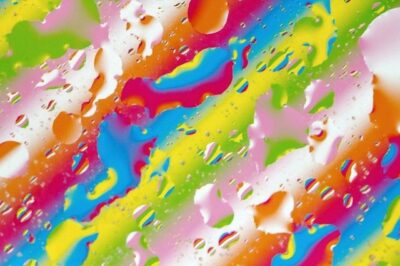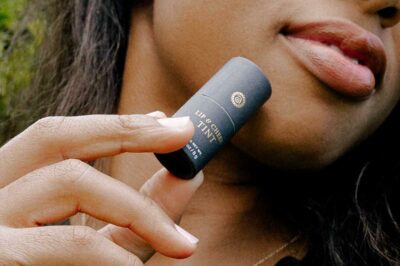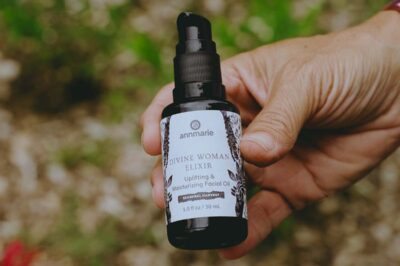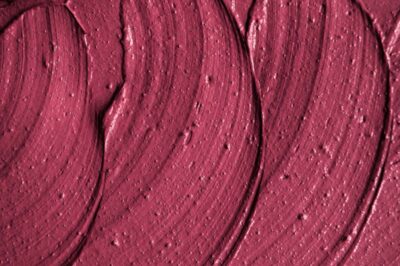Table of Contents[Hide][Show]
We love colors in our world. They make us feel happier, somehow, and marketers know it. They make their personal care products all shades of blue, green, red, pink, orange and purple so when we open the jar or squeeze the cream or gel out of the tube we’ll be enamored with the experience and come back for more.
Unfortunately, most of these colors or dyes are made with synthetic chemicals that aren’t so pretty. According to Leila McGehee Tucker, ND, CNC, “It takes up to 25 synthetic chemicals to create one artificial die. If a product is purple, it could potentially have 50 or more chemicals just in the color.”
They may be pretty, but they may also harm your skin.
What are Artificial Colors and Dyes?
You’ll find them in soaps, lotions, shave gels, toothpastes, shampoos, styling creams, face creams, toners, cleansers, bath gels, and more. Many are made of coal tar, and may contain heavy metal salts like arsenic and lead that can deposit toxicity onto the skin. These toxins and chemicals increase your risk of skin sensitivity and irritation, and are known for blocking pores and increasing the risk of acne breakouts. If they’re included in products you leave on your skin, such as moisturizers and masks, they may be absorbed into your body where they can cause additional damage.
Do They Present a Cancer Risk?
Studies have shown that artificial coloring, when used in foods, may be associated with cancer. “Blue 1” was found in animal studies to be linked to cancer, as well as to affect neurons and cause allergic reactions. A 1983 review committee report requested by the FDA found that studies on “red 3” provided “convincing” evidence that it caused thyroid tumors. It was later banned from cosmetics and externally applied drugs.
Yellow 5 is associated with allergy-like hypersensitivity, as well as hyperactivity in children, while yellow 6 is linked with adrenal gland and kidney tumors. In addition, these synthetic dyes may be contaminated with other chemicals linked to cancer, as byproducts of the manufacturing process.
Do these chemicals cause cancer when applied topically? So far, we’re not sure, as we don’t have many studies on the subject. Most manufacturers of cosmetics don’t believe we are in danger because artificial colors make up only a small amount of cosmetic formulations, but what researchers haven’t determined is the risk of long-term use, particularly of several colored products a day.
How to Avoid Artificial Colors
It may seem near impossible to avoid these chemicals in your daily products, but you can do it. In fact, once you start shopping for more natural brands, you’ll find it easier and easier as you go.
- Read labels and avoid chemical colors like Blue 1, Green 3, FD&C Yellow 6, etc.
- Shop for natural and organic products that have more ingredients you can pronounce
- Artificial colors can be especially toxic when absorbed through the mouth—shop for more natural toothpastes and mouthwashes, particularly for your children, who are more susceptible to small amounts of chemicals
- If you really want color, look for products colored with natural dyes made from plants and herbs
Do you avoid artificial colors and dyes? What are some of your favorite brands of natural products?
* * *
Photo courtesy @Doug88888 via Flickr.com.
Source
“Chemical Cuisine,” Center for Science in the Public Interest, http://www.cspinet.org/reports/chemcuisine.htm#dyes.








Leave a Reply